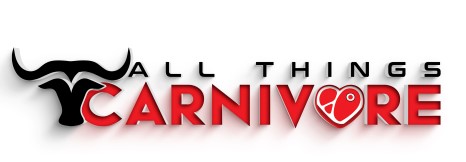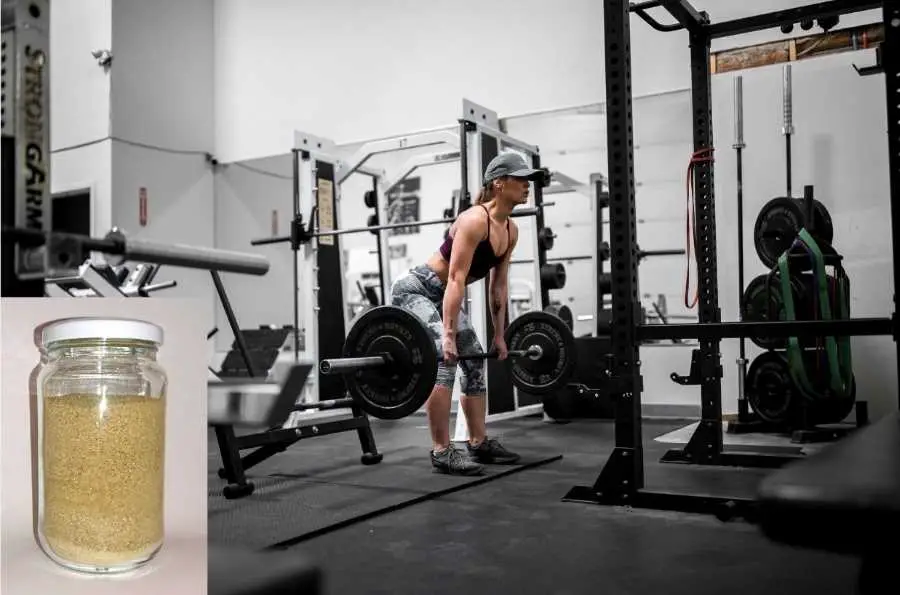This post will show you how to make bonemeal, a highly bioavailable calcium supplement, using the bones leftover after you’re done making bone broth.
Animal bones are rich in calcium as well as phosphorous and magnesium. For example, dry cattle rib bones are estimated as having 204 mg of calcium, 108mg of phosphorous, and 6mg of magnesium per gram respectively per gram.[1]
Adults are recommended to consume about 1000 mg of calcium per day and a little higher for pregnant and lactating mothers and older adults. [2]
If you make bone broth regularly, you can save the bones and use them as a cheap but quality calcium source. A couple of pieces of bones plus the nutritious marrow inside a day will fulfill your calcium need.
If you don’t like to eat the bones straight or would like to add them to other dishes to increase your calcium intake or take them with you when traveling, you can make your own bone meal supplement easily by following the steps below.
It takes about 20 minutes of active prep time.
Ingredients
Use any quantity of bones you like, if you have space in the freezer, make a large batch to save time.
I usually make bone broth using about 6 lbs. of bones and keep the bones to make the bonemeal afterward.
If you can get bones from grass-fed or pasture-raised animals, that’d be great, but they are hard to find. I usually just make them from beef or lamb bones that I get from the butcher.

Equipment
A coffee grinder or a food processor.
Directions
Step 1 – Keep the bones after making your bone broth.
If you intend to keep the bones for the bonemeal, make sure you cook the bone for at least 24 hours. Some bones may take a lot more than that to make them soft and edible depending on the types and sizes of bones, the age of the animals, and temperature setting.
If you use a pressure cooker or an instant pot, it can be done in about 2 hours on the highest setting.
Pick out the bones that are soft enough that you can break up easily with your hands.
Remove any meat or fat on the bones and break up the large bones.
Step 2 – Dehydrate the bones.
Spread the bones out on a baking tray and bake them at 200F for 90 minutes. Alternatively, you can use a dehydrator which will take about 12 hours.
Step 3 – Grind the bones.
Put the bones in a coffee grinder or a food processor and grind them into a very fine powder. You can also use a mortar and pestle to grind up the bones if you don’t want to overwork the grinder blade. Store in a glass jar for gradual use.
Usage
Personally, I prefer to just add a couple of pieces of bones to my meal rather than taking the bone meal itself. But I still make it to add to other dishes like ground beef, pate, meatloaf, etc. It helps boost my calcium intake and I don’t even notice that it’s there. I would also bring a little jar with me when I travel but due to Covid, that hasn’t happened much.
If you drink protein shakes, you can add a teaspoon in as well.
If you take it straight, have a teaspoon a day with water to quickly wash it down. It has roasted bone flavor so it’s not too bad at all.
Making a large batch of bone meal will last you a very long time, save money and reduce waste.
If you are lazy and concerned about your calcium intake on the carnivore diet, you can always buy bone meal powder on the market. For example, the one below (no affiliate) is made from ground-up bones and enriched with calcium and magnesium.[3]

It would be best to stay away from artificial calcium supplements which may be bad for your health. A meta-analysis of 15 trials involving around 20,000 participants concludes that “randomized studies suggest that calcium supplements without coadministered vitamin D are associated with an increased incidence of myocardial infarction [heart attack]”.[4]
The homemade calcium supplement you make, however, is actually a food, highly bio-available and free of anti-nutrients that can hinder absorption.
Also, make sure you have sufficient sun exposure each day and eat food high in vitamin D (salmon, sardines, mackerel, herring, liver, egg yolks, and red meat) to help with absorption too.
Please check out my other carnivore diet recipes in the recipe library here which is updated regularly.
Disclaimer: The information in this post is for reference purposes only and not intended to constitute or replace professional medical advice. Please consult a qualified medical professional before making any changes to your diet or lifestyle.





